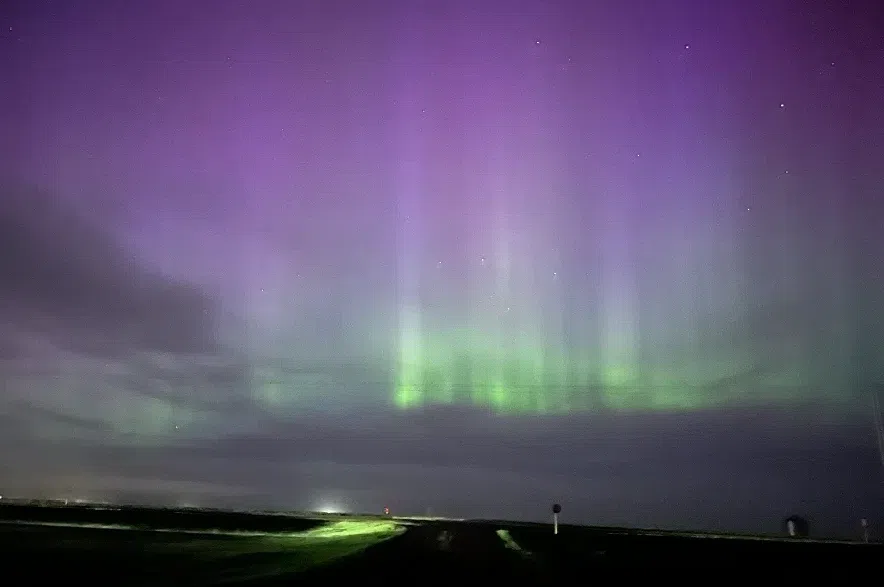“Mother Nature’s greatest show,” will be dancing the night away again on Monday, after a large display of northern lights was witnessed on Sunday, according to The Backyard Astronomer, Gary Boyle.
The intensity of the auroras could be comparable to the ones the province saw back on May 10, Boyle said. He added there is no specific time frame or limit to when they will appear but they can occur as soon as it gets dark out and might last throughout the night.
“Look north towards east and west, but if it’s anything like it was back in May it will be even overhead,” he said.
Sometimes the auroras will form in curtains, and long striations, with colours such as green and red.
If you are looking for the best view, Boyle suggests leaving the city and heading north, especially for those looking to capture the moment with a picture.
Boyle said the sun is wrapping up to what is called solar max.
“The sun is just a huge ball of plasma (and) gas, and within the 11-year solar cycle of sunspots, the internal magnetic field begins to twist up like spaghetti,” he said, noting that when it gets tied up there are more sunspots, which are directly related to the auroras and its intensity.
The geostorm should last another day, Boyle noted.
This time of the year is when the Perseids meteor showers happen, with Sunday and Monday being the peak days for it. Around 11:30 p.m. an estimated 80 meteors per hour should be seen, including a few bright fireballs.
If you can’t catch the meteors on Monday night, Boyle says to keep your eye on the sky, as the entire storm lasts from July 14 to the end of August,
On Aug. 12, Boyle said the planet Saturn will also rise around 9:30 p.m. Saskatchewan time, and Jupiter and Mars will follow in the sky very close together at 1 a.m.
“It’s a great time to look at the northern lights (and) at the meteors,” he said, noting if you are out in the country you could also see the “beautiful Milky Way overhead.”











